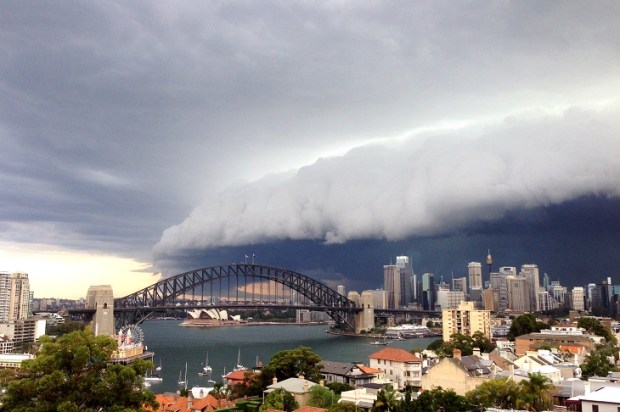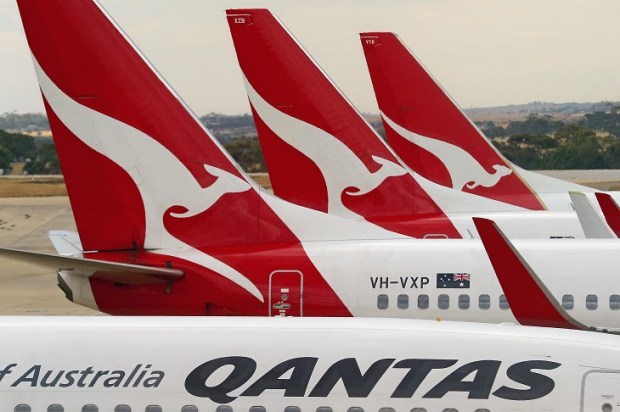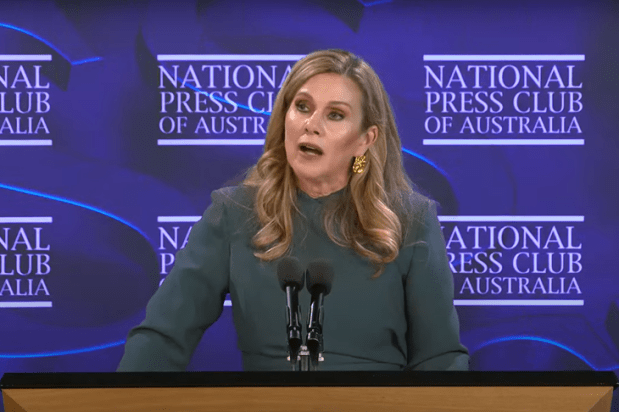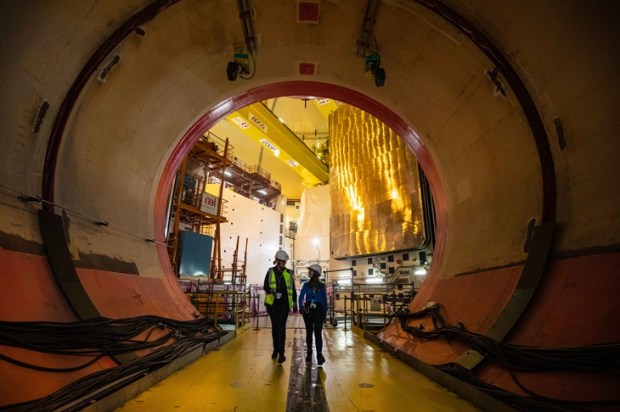The referendum to amend the Australian Constitution to include an Aboriginal and Torres Strait Islander Voice to Parliament is fast approaching and the people will ultimately have their say through a democratic process.
Such a process is already enshrined in our Constitution, so inserting a Voice by Constitutional amendment which itself is not subject to a democratic process is irrational.
There are many reasons that Prime Minister Albanese and his cohorts have given to justify this unscheduled and unnecessary but costly interruption to the lives of every Australian.
None of which describe in any detail how an undemocratic and race-based Voice to Parliament enshrined into the Constitution will benefit all Australians, nevertheless we are supposed to feel better about ourselves, whether we like it or not.
For example, the Prime Minister says it’s ‘nation building’, even though we have a built nation respected around the world. It’s good manners even though the overwhelming majority of Australians are resilient, remarkable and reasonable, as well as being well-mannered people. Or it’s a modest change even though it threatens to change the entire democratic and legal process which the existing constitution has protected for 122 years.
One of the most popular reasons put forward by the Prime Minister and his ‘Yes’ camp is to promote the process of reconciliation between Indigenous Australians and non-Indigenous Australians.
The question that no one has asked Prime Minister Albanese or any of his cohorts is what will Australia look like when we are reconciled?
Whilst the answer to that question is notoriously subjective, Document 14 Uluru Statement from the Heart gives us an insight into what the most vociferous members of the Voice to Parliament consider a post-reconciled Australia will look like.
The following are some of the most salient features of the document, which most ‘Yes’ proponents say does not exist while others like the Prime Minister acknowledge its existence, but do not consider it important enough to read:
‘Rightful place in our own country.’ Page 87.
‘First Nation to express our sovereignty, the sovereignty that comes from the law.’
‘The Constitution needs to establish the traditional way of life of the Aboriginal people.’
‘It needs to acknowledge the Tjukurrpa. Our own Constitution.’ Page 93
‘There is potential for two sovereignties to co-exist.’ Page 93.
‘Reform must be substantive, meaning that minimal reform or symbolic reform is not enough.’ Page 95.
‘Truth Telling.’ Page 97
‘And with Truth Telling comes reparations.’ Page 98.
‘A Voice to Parliament.’ Page 103.
‘A way by which the right to self-determination could be achieved.’ Page 95.
‘Guaranteed budget with access to its own independent secretariat, experts and lawyers.’
‘Establishment of a Truth Commission, reparations, a financial settlement (such as seeking a percentage of GDP), the resolution of land rights, water and resources issue, recognition of authority and customary law, and guarantees for the respect for the rights of Aboriginal and Torres Strait Islander peoples.’ Page 105.
‘A Makarrata Commission.’ Page 107.
‘Treaty.’ Page 104.
These are just some of the features of a document that can only be described as a militant manifesto.
From document 14, the ‘Uluru Statement from the Heart’ we begin to understand a little of what the more activist Yes campaigners consider is a reconciled Australia.
A co-sovereign, dual constitutional, dual legal system, where all working Australians are to pay annually a percentage, yet unspecified, of the GDP of the nation to a small number of people, also unspecified, in perpetuity. Truth Telling and the arbiter of the truth is the Makarrata Commission which will have judicial powers and predominately presided over by people with Indigenous heritage. The law enforced by the Makarrata Commission will be Traditional law which will of course override the English Common law system which should have no power over the Indigenous population, because it is illegitimate.
On election night in May 2022 Prime Minister Albanese promised to implement the Uluru Statement from the Heart in full. Therefore, treaty and reparations are part of the election promise.
The Prime Minister, his government and alliances in government, as well as all those who promote the ‘Yes’ vote, should proudly announce their adherence to those principles outlined in the full Uluru Statement from the Heart, rather than distance themselves from them and claim that Document 14 does not exist. They should have the strength of their convictions.
The Prime Minister, members of the Labor Green Alliance, all those celebrities and voice campaigners should not hide behind the underprivileged Indigenous Australians in the false expectation that if they vote yes on a Saturday in October they have done their virtuous gesture for the day and the nation.
Those who espouse the ‘Yes’ vote should stand up and unapologetically say we believe in surrendering Australian sovereignty, we want two constitutions, we want Australian taxpayers to pay a percentage of GDP as reparations annually in perpetuity to any group who call themselves Indigenous and we don’t much care what percentage they chose, just as long as they close the gap and say we are reconciled. They should overtly profess that we believe in a dual legal system where Indigenous Australians can choose to be subjected to traditional laws, whatever that may be and not be subjected to the illegitimate English Common Law system which was thrust upon the poor unsuspecting Indigenous people who populated this great land for 65,000 years before 1788. If the result of this is sinking the Australian economy into a depression, while we work it out after the vote, it will be a small price to pay for the atrocities of the past, whether we caused them or not.
Truth Telling is part of the Uluru Statement from the Heart. Truthfully, will the Makarrata Commission put Indigenous marginalised people into their own home on traditional land for which they have individual title? How will co-sovereignty stop Indigenous domestic violence in regional areas?
How can two constitutions increase adult life expectancy among Indigenous people?
And will a percentage of GDP paid to suburban Indigenous people reduce infant mortality rates in outback Australia?
Finally, if co-sovereignty is pursued, will the percentage of GDP sought be 50 per cent? Currently Australia’s GDP is about $2 trillion. So, does that mean being reconciled will cost the Australian taxpayers $1,000 billion annually?
The Voice is not about assisting the living conditions of marginalised Australians. It is about the gradual erosion of the Australian democratic, economic and legal system so that some unknown hybrid ungovernable system can exist, which will make Australia a weak and vulnerable nation.
Vote ‘No’ and protect our constitution so it may continue to protect all Australians from tyranny, as it has done for the last 122 years.

























